History of Melodifestivalen: when Sweden puts on its Eurovision show!
Melodifestivalen (or Melodifestival in our country) is the national competition that selects the artists who will represent Sweden at Eurovision. Organised by Sveriges Television (SVT) and Sveriges Radio (SR), this event has enabled Sweden to win the Eurovision Song Contest on 7 occasions (1974, 1984, 1991, 1999, 2012, 2015, 2023) and to finish in the top 5 16 times.
History
When Sweden took part in Eurovision for the first time in 1958, the artist was selected by an internal process. It was SR, in collaboration with the songwriters' association SKAP, who chose Alice Babs to represent Sweden with her song " Lilla stjärna ("petite étoile" in French). To this day, she remains the only artist chosen by an internal selection process to represent the country.
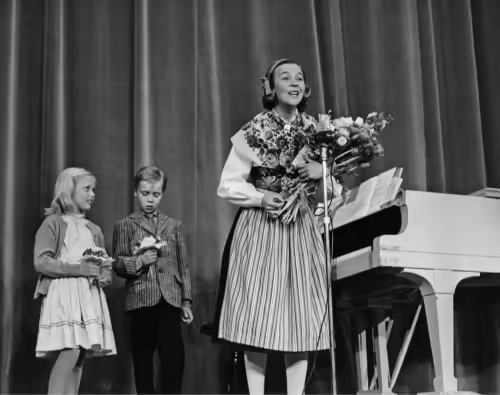
Back in 1959, SVT and SR set up Melodifestivalen, a competition to choose the Swedish representative. Sweden has only missed out on three editions of the Eurovision Song Contest, in 1964, 1970 and 1976, and the Melodifestivalen in those years did not take place. In 1964, an artists' strike led to the cancellation of Melodifestivalen. In 1970, a boycott jeopardised Sweden's participation in Eurovision and the national selection. The boycott also affected other countries, such as Norway, Finland, Portugal and Austria, who all decided not to take part in the fifteenth edition because of their dissatisfaction with the voting system that had allowed four winners to be crowned the previous year. In addition, Sweden declined to take part in the 1976 Contest following protests over the high cost of organising the 1975 Eurovision Song Contest, following ABBA's victory, and the impact this had on SVT's budget.
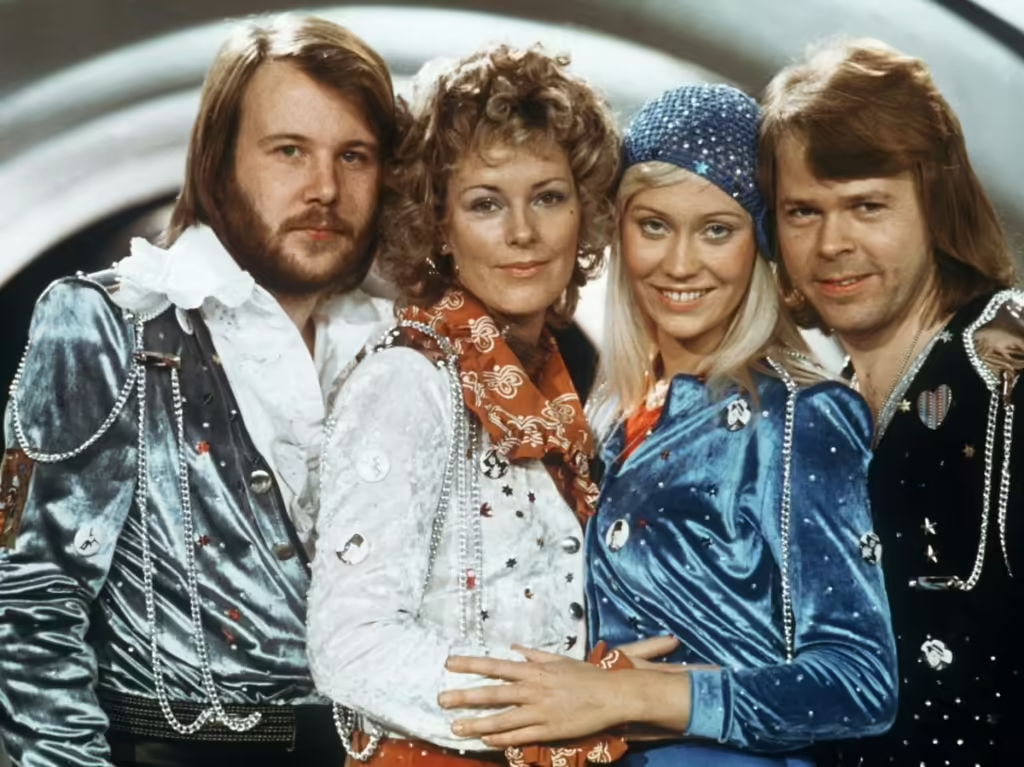
These days, most Swedes enjoy their national team, which has become Sweden's most popular TV programme since 2000. Each year, the Melodifestivalen final often attracts more than 4 million viewers, quite a feat for a country with a population of 10 million.
Entry selection process and rules
A few months before Melodifestivalen, SVT is launching a call for entries. According to its rules, the selection process is open to songwriters who are Swedish citizens or registered residents of Sweden, as well as to international songwriters. However, to be eligible to apply, at least one member of the team must be a Swedish citizen or live in Sweden.
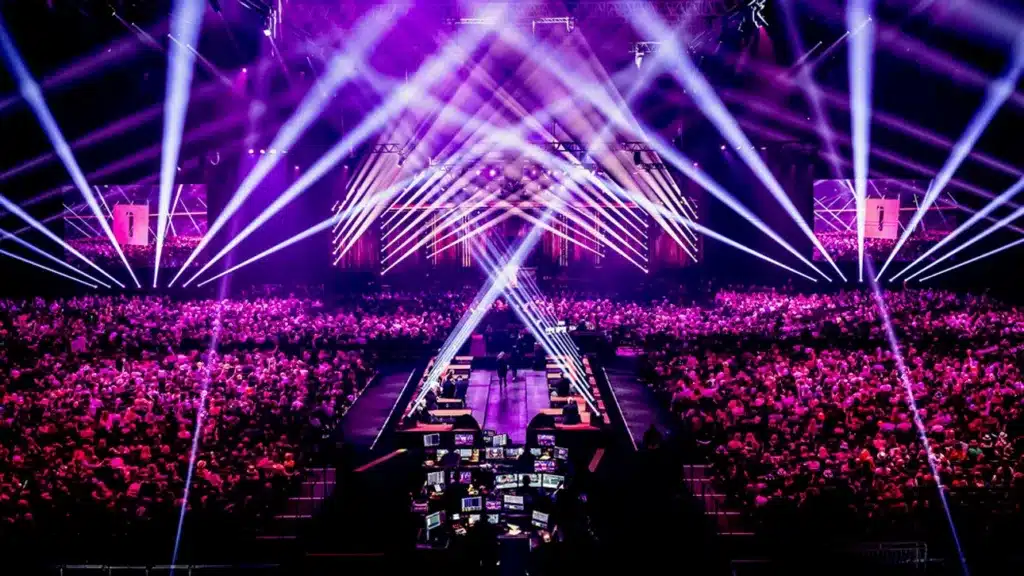
The songs submitted must meet the criteria set by the Swedish broadcaster and the EBU rules. To comply with Eurovision requirements, only original songs, which have never been published or presented to the public, are eligible.
At Melodifestival, only choral songs may be pre-recorded, in accordance with the rules laid down by the EBU for Eurovision. In addition, songs must be between 2 and 3 minutes long.
A maximum of 8 people, including singers and dancers, are allowed to perform on stage. At Eurovision, on the other hand, this limit is set at 6 participants. This means that the candidate who wins the Melodifestival final and his or her team will have to commit to reducing the number of members to 6 for their performance at the Eurovision Song Contest.
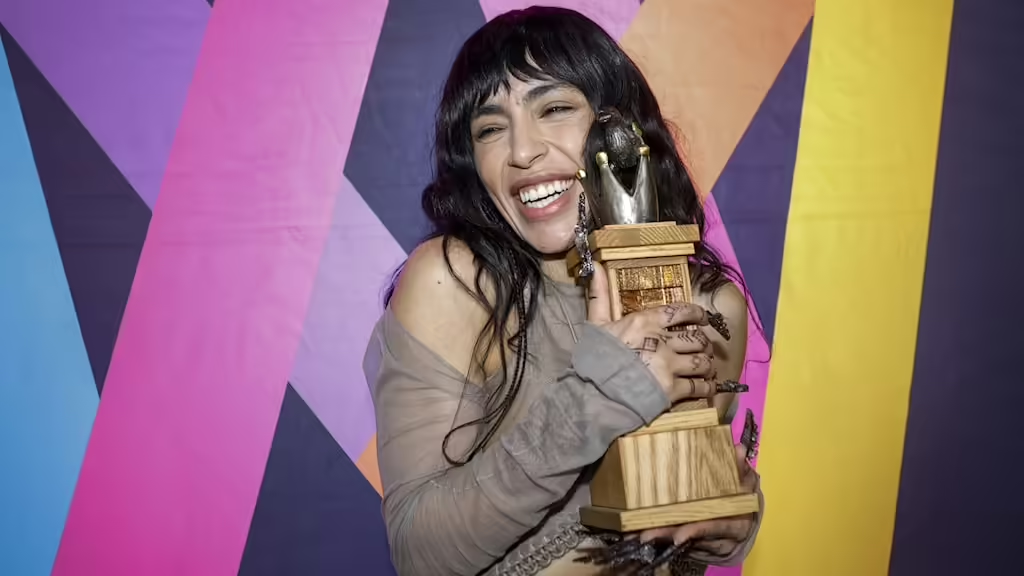
For the 2025 edition, a new option has been introduced: songs may be published on the Friday before they are entered, but they must not be played in public until the Saturday of the competition.
This year, SVT wants 30 % of the songs selected for Melodifestival to be in Swedish. A total of 30 songs will be selected, with 6 songs per round. Of these, 15 will be chosen by the selection panel from the entries received, while the other 15 will be proposed by songwriters invited by SVT or, failing that, selected by the Swedish broadcaster from the various entries submitted.
Organisation of Melodifestival
The Melodifestival will run for 6 weeks. This year there will be 5 rounds, a final qualifier and a grand final. Each round will feature 6 songs. Unlike previous editions, only the song ranked 3rd will get another chance. For example, in 2024, this repechage was granted to the songs ranked 3rd and 4th. This means that in the final qualifying round, which will take place on the same evening as the 5th and final round, there will be only 5 songs in the running, compared with 10 in previous years. During the heats, the two highest-ranked songs will advance directly to the final, giving us a total of 12 participants in the final.
Voting system
During the rounds and the final qualifier, all the votes come from the public. In the final, however, the vote is shared equally: 50% for the public and 50% for the jury.
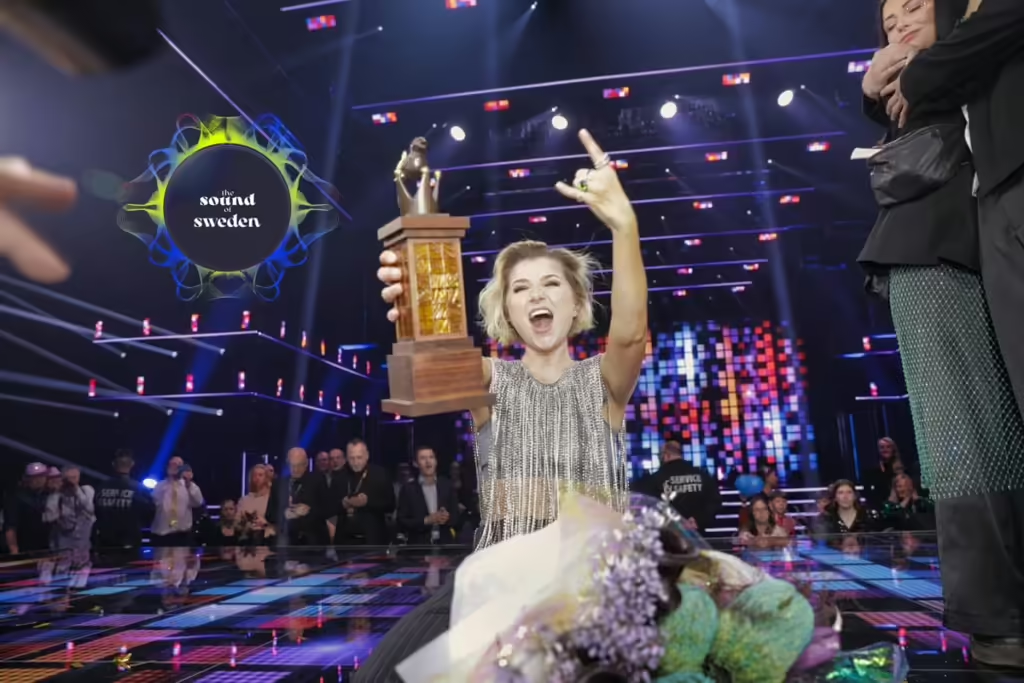
In the final qualifier, the most popular song from the 5 finalists will automatically qualify for the final and will be announced after each artist's performance. Viewers will then vote for the remaining songs, and the one with the most points will go through to the final.
The voting system is divided into two parts. The first concerns the results of the international juries, of which there are 11, with one per country.
The 'Big Five' are still represented: Italy, France, the UK, Germany and Spain. The other jurors are invited by SVT.
Since 2018, the points system used is identical to that of Eurovision. Each juror ranks their 10 favourite songs by awarding points as follows: 1, 2, 3, 4, 5, 6, 7, 8, 10 and 12, giving a total of 58 points per jury. This brings the total number of points awarded by the 11 judges to 638.
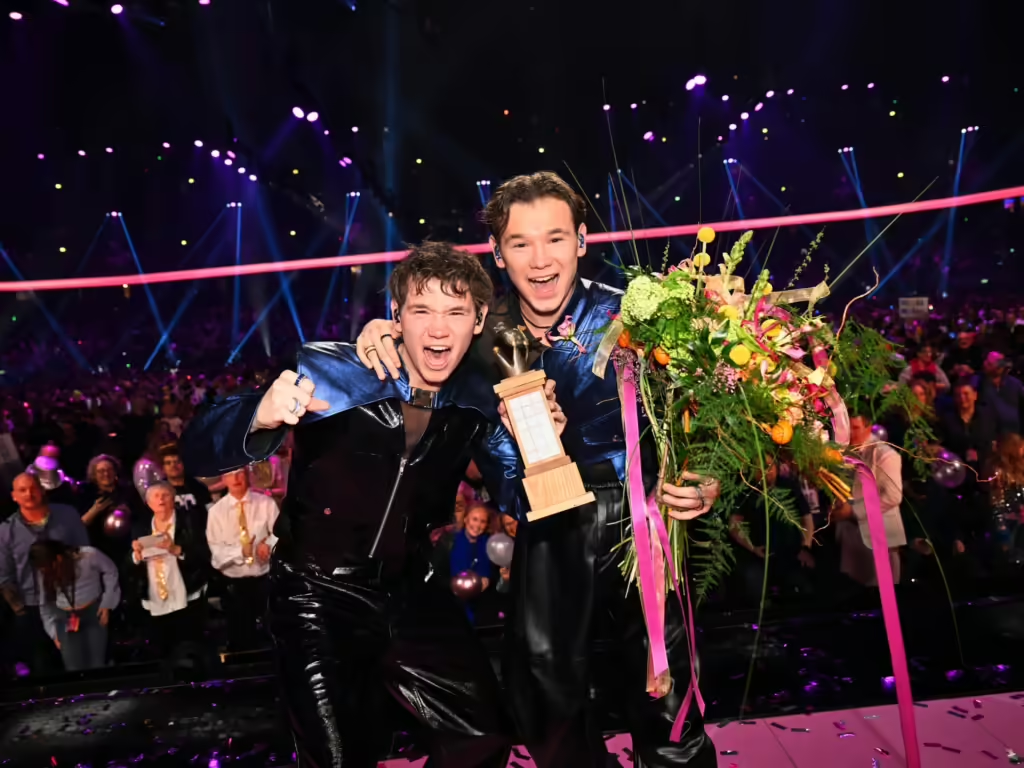
The second part of the vote is the televote. The public votes are counted, and each song receives a number of points proportional to the percentage of votes obtained. In total, 638 points must be distributed, and 10 % of the votes earn 64 points.
The final result is the sum of the points obtained by the votes of the juries and the viewers. The artist with the highest score wins the Melodifestival!
Melodifestival, an innovation laboratory for Eurovision?
Melodifestivalen has evolved over the decades to become an essential pillar in the selection of Swedish artists for Eurovision. Since its beginnings in 1959, the contest has helped Sweden shine, with seven Eurovision wins to its name. The event has become a major cultural fixture in Sweden, attracting large audiences and showcasing a wide range of talent. It has produced iconic artists such as ABBA, Loreen and Måns Zelmerlöw who have left their mark on its history and that of Eurovision, contributing to Sweden's reputation as one of the great nations of song.
Melodifestivalen not only selects artists for Eurovision, it also introduces its own innovations. By incorporating innovative elements into its own rules and formats, such as the introduction of semi-finals and the mixed voting system (audience and jury), Melodifestivalen has often served as a model for Eurovision. These adaptations not only modernise the Swedish competition, but also bring fresh ideas and a new dynamic to Eurovision itself.
To find out more...
Melodifestivalen 2025: Dates revealed for Sweden's famous Eurovision selection
All winners since 1962 (dynamic list here) :
| Year | Song | Artist |
|---|---|---|
| 2024 | Unforgettable | Marcus & Martinus |
| 2023 | Tattoo | Loreen |
| 2022 | Hold Me Closer | Cornelia Jakobs |
| 2021 | Voices | Tusse |
| 2020 | Move | The Mamas |
| 2019 | Too Late for Love | John Lundvik |
| 2018 | Dance You Off | Benjamin Ingrosso |
| 2017 | I Can't Go On | Robin Bengtsson |
| 2016 | If I Were Sorry | Frans |
| 2015 | Heroes | Måns Zelmerlöw |
| 2014 | Undo | Sanna Nielsen |
| 2013 | You | Robin Stjernberg |
| 2012 | Euphoria | Loreen |
| 2011 | Popular | Eric Saade |
| 2010 | This Is My Life | Anna Bergendahl |
| 2009 | The voice | Malena Ernman |
| 2008 | Hero | Charlotte Perrelli |
| 2007 | The Worrying Kind | The Ark |
| 2006 | Invincible | Carola |
| 2005 | Las Vegas | Martin Stenmarck |
| 2004 | It Hurts | Lena Philipsson |
| 2003 | Give Me Your Love | Fame |
| 2002 | Never Let It Go | Afro-Dite |
| 2001 | Listen to Your Heartbeat | Friends |
| 2000 | When Spirits Are Calling My Name | Roger Pontare |
| 1999 | Take Me to Your Heaven | Charlotte Nilsson |
| 1998 | Kärleken är | Jill Johnson |
| 1997 | Bara hon älskar mig | Blond |
| 1996 | Den vilda | One More Time |
| 1995 | Se på mig | Jan Johansen |
| 1994 | Stjärnorna | Roger Pontare & Marie Bergman |
| 1993 | Eloise | Arvingarna |
| 1992 | I morgon är en annan dag | Christer Björkman |
| 1991 | Fångad av en stormvind | Carola Häggkvist |
| 1990 | Som en vind | Edin-Ådahl |
| 1989 | En dag | Tommy Nilsson |
| 1988 | Stad i ljus | Tommy Körberg |
| 1987 | Fyra bugg och en Coca Cola | Lotta Engberg |
| 1986 | E' de' det här du kallar kärlek? | Lasse Holm & Monica Törnell |
| 1985 | Bra vibrationer | Kikki Danielsson |
| 1984 | Diggi-Loo Diggi-Ley | Herreys |
| 1983 | Främling | Carola Häggkvist |
| 1982 | Dag efter dag | Chips |
| 1981 | Fångad i en dröm | Björn Skifs |
| 1980 | Just naked! | Tomas Ledin |
| 1979 | Satellite | Ted Gärdestad |
| 1978 | Det blir alltid värre framåt natten | Björn Skifs |
| 1977 | Beatles | Forbes |
| 1975 | Jennie, Jennie | Lars Berghagen |
| 1974 | Waterloo | ABBA |
| 1973 | Sommaren som aldrig säger nej | Nova and The Dolls |
| 1972 | Härliga sommardag | Family Four |
| 1971 | Vita vidder | Family Four |
| 1969 | Judy, min vän | Tommy Körberg |
| 1968 | Det börjar verka kärlek, banne mej | Claes-Göran Hederström |
| 1967 | Som en dröm | Östen Warnerbring |
| 1966 | Nygammal vals | Lill Lindfors & Svante Thuresson |
| 1965 | Annorstädes vals | Ingvar Wixell |
| 1963 | En gång i Stockholm | Monica Zetterlund & Carli Tornehave |
| 1962 | Sol och vår | Inger Berggren & Lily Berglund |

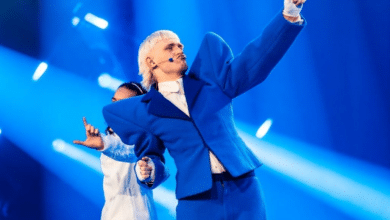
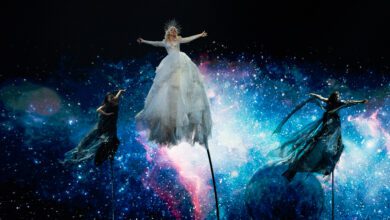
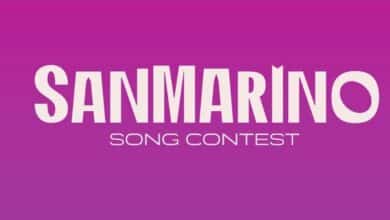
![[interview] "Show Me What Love Is" : Erik Segerstedt se confie avant la finale du Melodifestivalen 2025 11 Erik Segerstedt](https://www.eurovisionandfriends.com/wp-content/uploads/2025/03/Snapinst.app_476146067_18481611481053861_7687929393356749059_n_1080-220x150.jpg)

